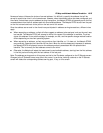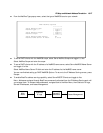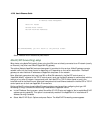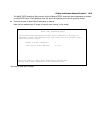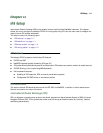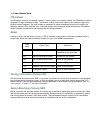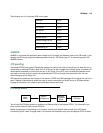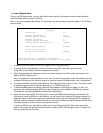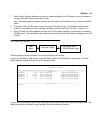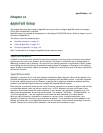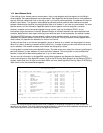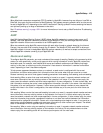
11-2 User’s Reference Guide
IPX address
An IPX address consists of a network number, a node number, and a socket number. An IPX network number is
composed of eight hexadecimal digits. The network number must be the same for all nodes on a particular
physical network segment. The node number is composed of twelve hexadecimal digits and is usually the
hardware address of the interface card. The node number must be unique inside the particular IPX network.
Socket numbers correspond to the particular service being accessed.
Socket
A socket in IPX is the equivalent of a port in TCP/IP. Sockets route packets to different processes within a
single node. Novell has reserved several sockets for use in the NetWare environment:
Routing Information Protocol (RIP)
RIP, which was also derived from XNS, is a protocol that allows for the bidirectional transfer of routing tables
and provides timing information (ticks), so that the fastest route to a destination can be determined. IPX
routers use RIP to create and dynamically maintain databases of internetwork routing information. See “IPX
routing tables” on page 11-5 for more information.
Service Advertising Protocol (SAP)
SAP is a protocol that provides servers and routers with a method for exchanging service information. Using
SAP, servers advertise their services and addresses. Routers collect this information to dynamically update
their routing tables and share it with other routers. These broadcasts keep all routers on the internetwork
synchronized and provide real-time information on accessible servers on the internetwork.
Field
Value
Packet Type Description
00h Unknown Packet Type Used for all packets not
classified by any other type
01h Routing Information Packet Unused for RIP packets
04h Service Advertising Packet Used for SAP packets
05h Sequenced Packet Used for SPX packets
11h NetWare Core Protocol Packet Used for NCP packets
14h Propagated Packet Used for Novell NetBIOS




